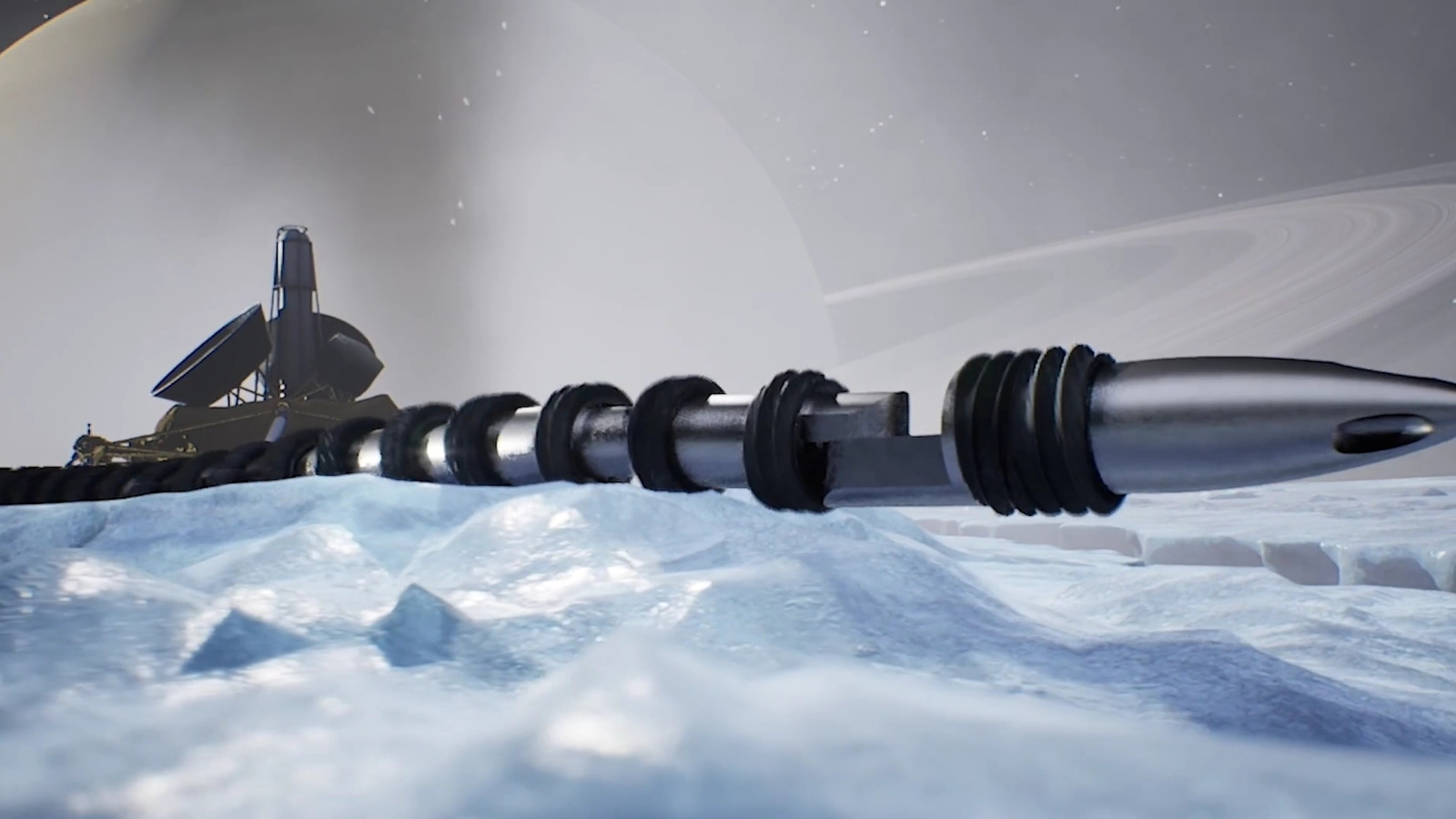How NASA’s New Slithering, Swimming Robot Could Explore Places We’ve Never Seen – SlashGear

EELS is being tested in diverse settings including sand, snow, ice, and underwater. Luckily there are plenty of use cases here on Earth for such a robot. But EELS is aiming elsewhere. It’s ideally suited for Enceladus, an icy moon of Saturn. Scientists discovered active geysers there in 2005 and sampled their plumes, which revealed organic material and likely a planet-wide ocean beneath the ice. This moon would be an excellent place to search for life beyond Earth, but it’s not the only one.
Oceans are also believed to be beneath the surface of three of Jupiter’s moons: Europa, Ganymede, and Callisto. A recent study also suggested subsurface oceans on four of Uranus’ moons: Ariel, Umbriel, Titania, and Oberon. Another of Saturn’s moons — Titan — is the only planetary body outside of Earth known to have liquid oceans on its surface. Neptune’s moon Triton is known to have geysers, and plumes have been theorized on the dwarf planet Pluto too. EELS is also well-equipped to explore underground lava tubes such as those found on the moon, Mars, and potentially Mercury.
With so many destinations of interest that are well-suited to EELS’ unique style of exploration, it’s possible that this modular robot could be built at scale for future exploration. This could theoretically save development costs. It’s one small slither for robot but a big leap for robot-kind.
For all the latest Games News Click Here
For the latest news and updates, follow us on Google News.
